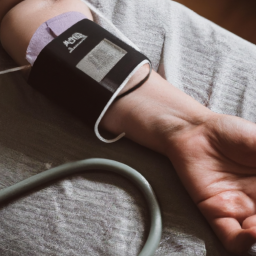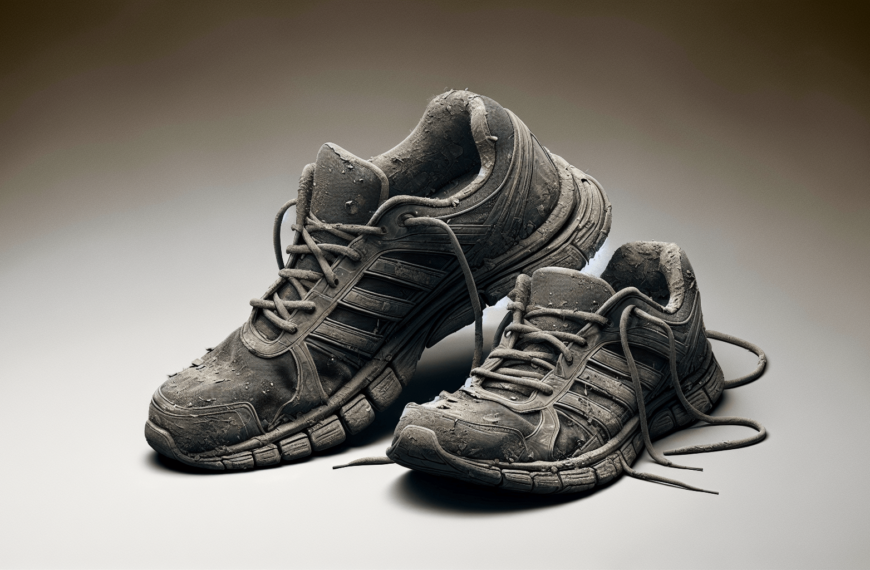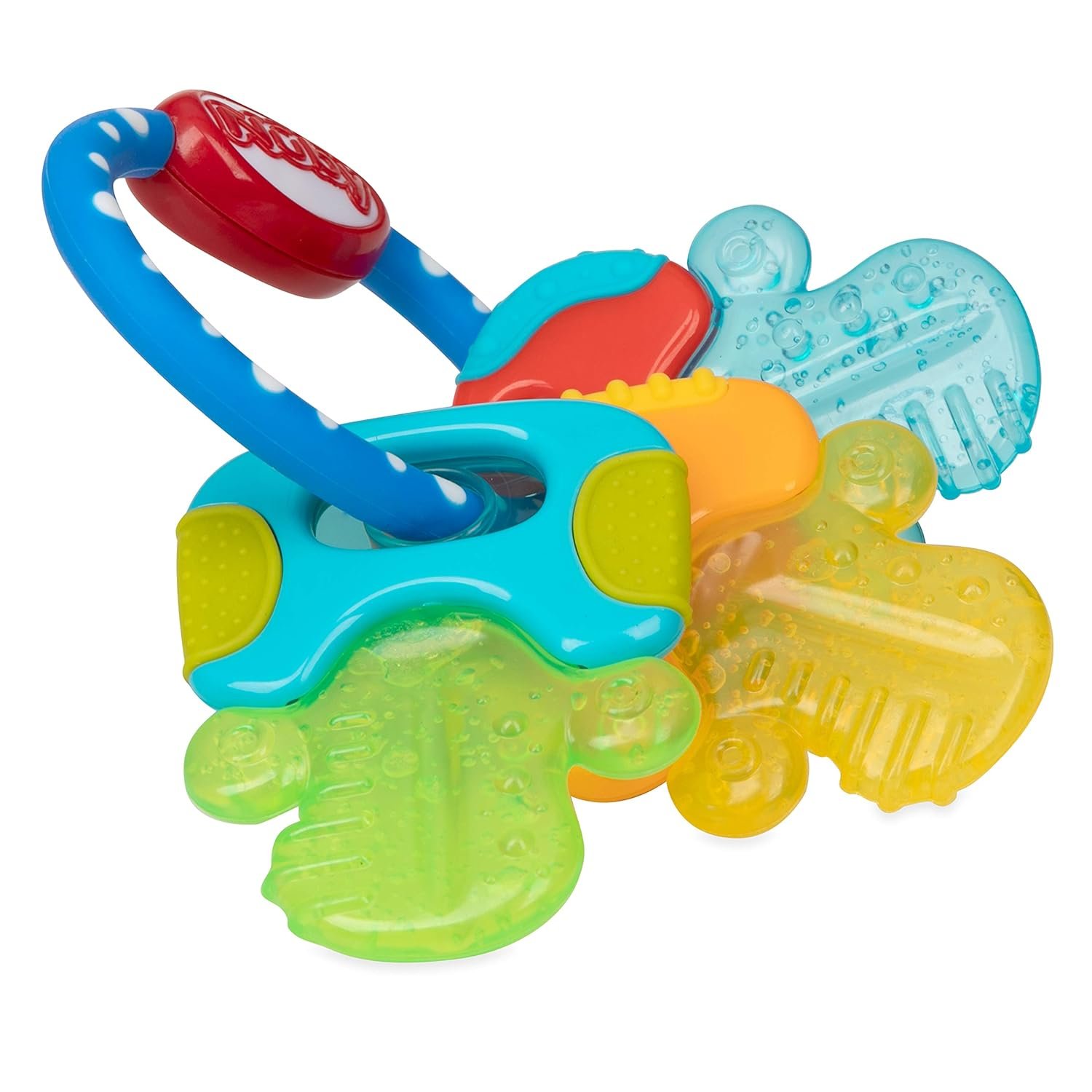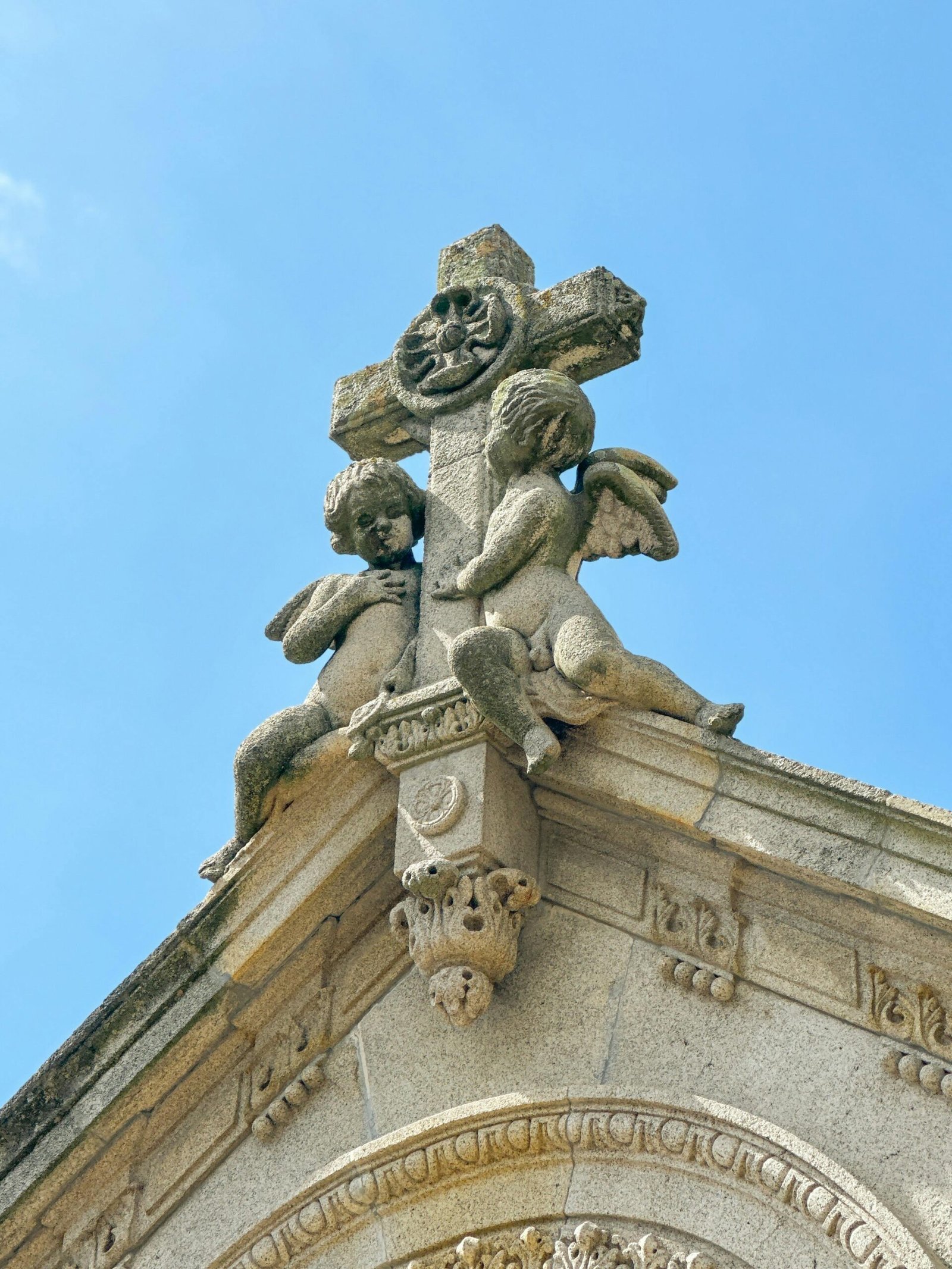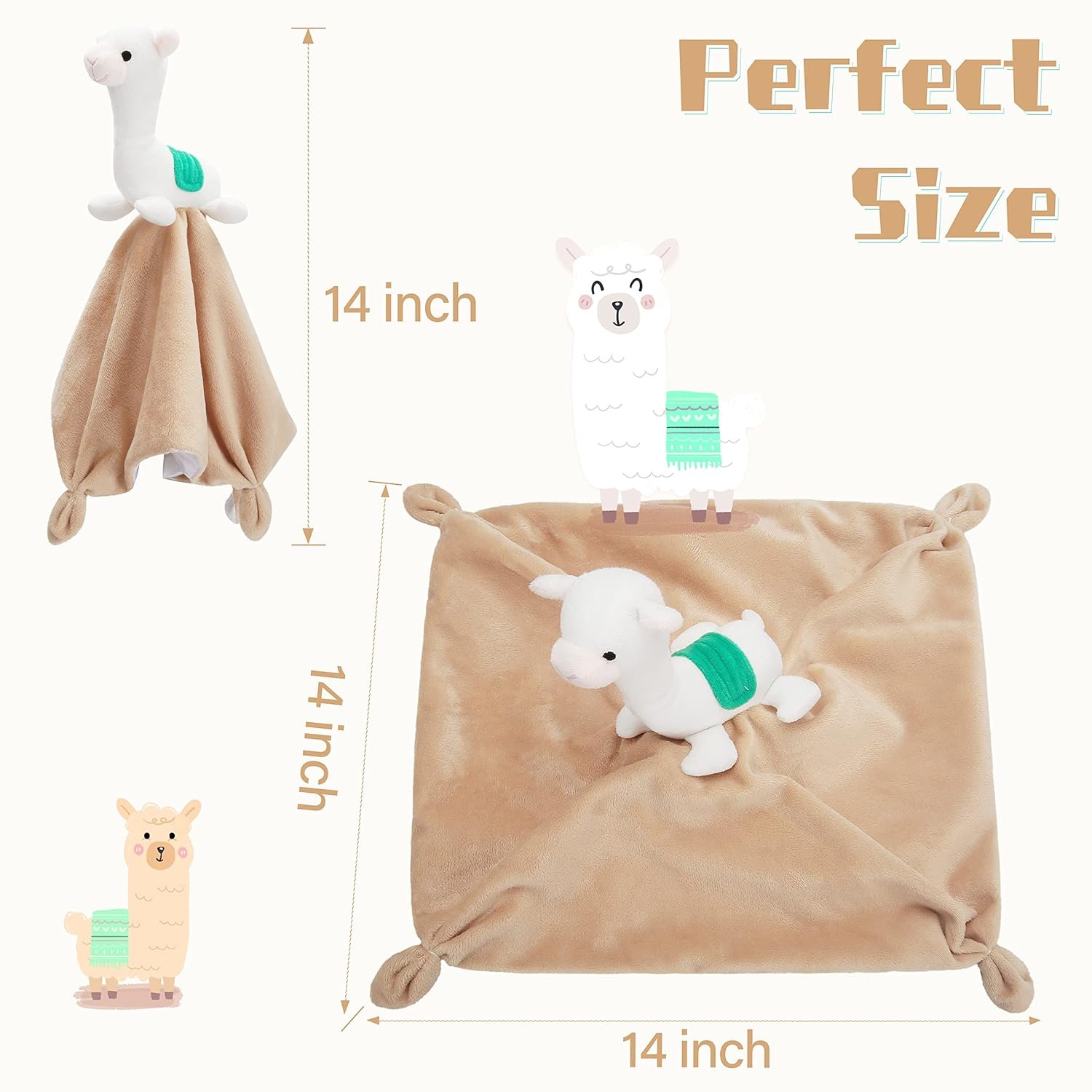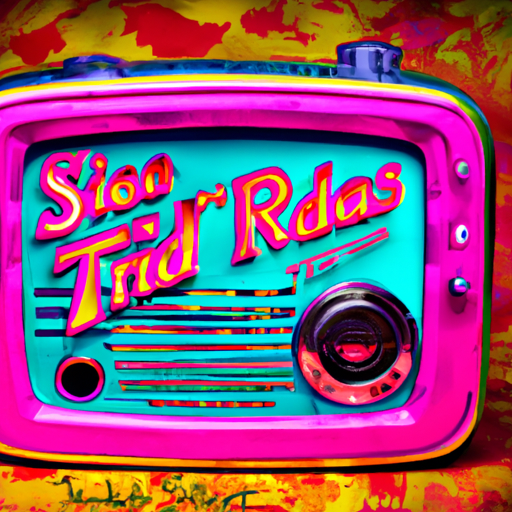When a child is diagnosed with head lice, it can cause a range of emotions for parents, from shock to embarrassment. However, it’s important to note that head lice infestations are not a reflection of cleanliness and do not spread any diseases. To help parents navigate this common issue, it is crucial to arm them with accurate information. This article provides essential guidance on checking for lice, treating the infestation, and preventing its spread. By following these tips, parents can effectively manage head lice and alleviate the social stigma associated with it.
Read more about the latest articles
What Are Head Lice?
Head lice are tiny insects found in human hair that survive by feeding on blood supplied by the scalp. A single adult is called a louse, and their eggs are called nits. In the United States, kids who attend daycare, preschool, or elementary school and those who live with them are most likely to face an infestation. Head lice infestations do not indicate uncleanliness and do not spread any diseases. However, there is often a social stigma and many misconceptions about head lice. It is important to be armed with the correct information in order to effectively check for lice, treat the infestation, and prevent it from spreading to others.
Read more about the latest articles
Symptoms of a Head Lice Infestation
Children with head lice may not experience any symptoms, but there are some common signs to be aware of. These include:
- A tickling sensation or feeling like something is crawling in their hair
- Itching caused by an allergic reaction to lice saliva
- Difficulty sleeping, as lice are more active in the dark
If your child is displaying any of these symptoms, it is important to check their hair for lice.
How Do You Get Head Lice?
Head lice do not have wings and cannot jump, so direct hair-to-hair contact is the most likely way for them to spread from person to person. This can occur on the playground, at slumber parties, or in sleep-away camps. While less common, it is also possible for lice to spread through contact with personal items such as hairbrushes, hats, ribbons, scarves, or towels. It is important for children to avoid sharing these items to minimize the risk of infestation. It is uncommon for head lice to spread by contact with items like pillows or couches, but hairs that have been shed can still have lice or eggs attached.
Can Lice Live in Short Hair?
Yes, lice can live in short hair. Since their primary source of nourishment comes from the scalp, they are typically not far away. An infestation is likely when nits are found attached to hair within a quarter of an inch of the scalp. Therefore, children with short hair are just as likely to become infested as those with longer hair.
Do Lice Like Clean Hair?
Contrary to popular belief, lice actually prefer to live in clean hair. Lice cement their eggs to the hair shaft, and it is easier for the eggs to attach to clean hair that does not have much oil. Therefore, having clean hair does not prevent a lice infestation.
How To Check For Lice
To check for lice, it is important to have good lighting and a fine-toothed comb. Starting with wet hair can make it easier to see lice. Begin the search near the nape of the neck and move upward, checking thoroughly behind the ears. It is essential to separate the hair into sections and examine the entire head. If an infestation is confirmed, it is important to check everyone in the household for the next 10-15 days. To check oneself, use two mirrors and examine behind the ears and the base of the head by pulling the hair up and looking closely for movement or lice eggs.
What Do Lice Look Like?
Adult lice are fast-moving, light brown insects that are about the same size as a sesame seed. They do not like light and may scurry away when checking for lice. Lice eggs, or nits, on the other hand, are yellowish-tan and securely fastened to the hair shaft. They are about the same size as a thread knot. It can be challenging to differentiate between lice eggs and dandruff. To determine if something is a lice egg, try to remove it with your fingers. If it does not come out easily, it is likely a nit. Other particles that may resemble nits include leftover hair products, dirt, scabs, and sand.
Lice Eggs vs. Dandruff
Distinguishing between lice eggs (nits) and dandruff can be difficult. To determine whether something is a lice egg or dandruff, attempt to remove it with your fingers. If it does not come out easily, it is likely a nit. Other particles that may resemble nits include leftover hair products, dirt, scabs, and sand.
How Can You Treat Head Lice?
The most effective treatments for head lice are medicated shampoos designed specifically to kill lice. It is important to check with a pediatrician before using these shampoos on young children, as some can cause scalp inflammation and burning. There are several over-the-counter lice treatments available that contain either pyrethrins with piperonyl butoxide or permethrin lotion at 1%. Both of these ingredients have been FDA-approved to kill lice. However, they are only effective against live lice and not nits. Therefore, it is necessary to repeat the treatment 9 to 10 days after the first shampooing to kill any newly hatched lice. It is important to follow the directions on the shampoo carefully and avoid using it like a regular shampoo. After treatment, the child should avoid getting their hair wet for at least two days to ensure that the medication continues to work. If a full course of at-home treatment does not eliminate the infestation, it is recommended to contact a doctor for prescription lice treatment medication.
What Keeps Lice Away From Hair?
Head lice cannot live long once they have fallen off their food source, the scalp. They can only survive for approximately 1-2 days without feeding on human blood. Nits that are no longer in the warm and moist environment of the scalp cannot hatch and will die within about a week. Prompt identification and treatment of an infestation, as well as preventing lice and nits from coming into contact with hair, can help prevent reinfestation. Some additional steps that can be taken to keep lice away from hair include:
- Thoroughly cleaning any brushes or combs your child has used by soaking them in water at least 130 degrees Fahrenheit.
- Washing bed linens that have come in contact with your child’s hair within the past 48 hours with hot water and drying them using the hottest possible dryer temperature.
- Putting stuffed animals in the dryer for 20-30 minutes.
By following these steps and being diligent in checking for lice, it is possible to prevent and manage head lice infestations.





